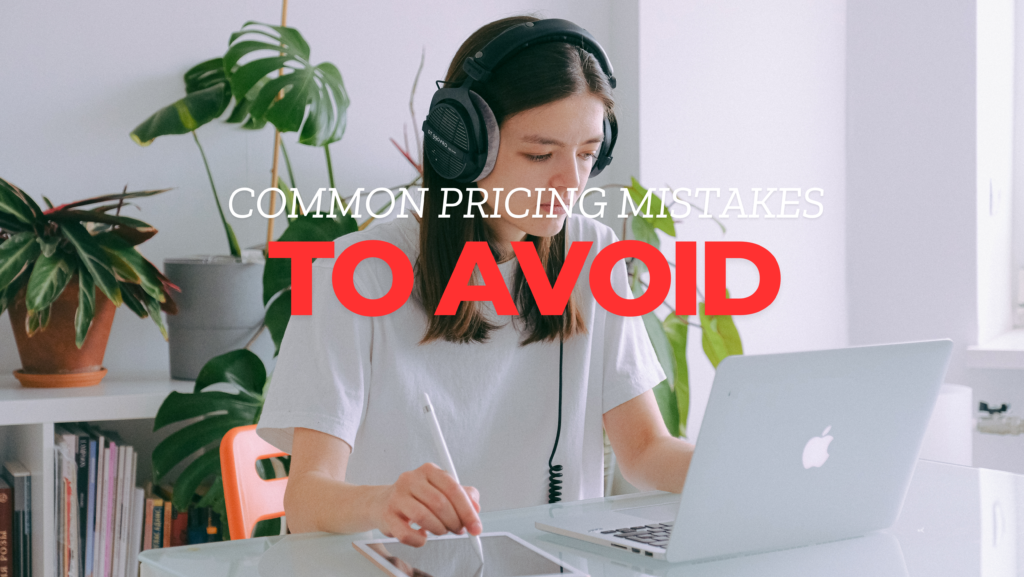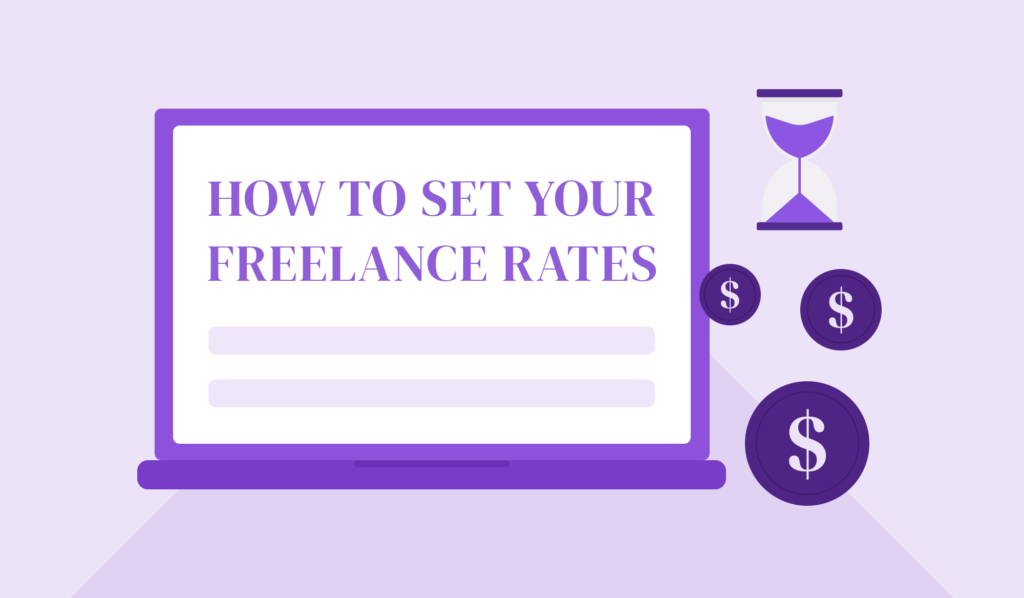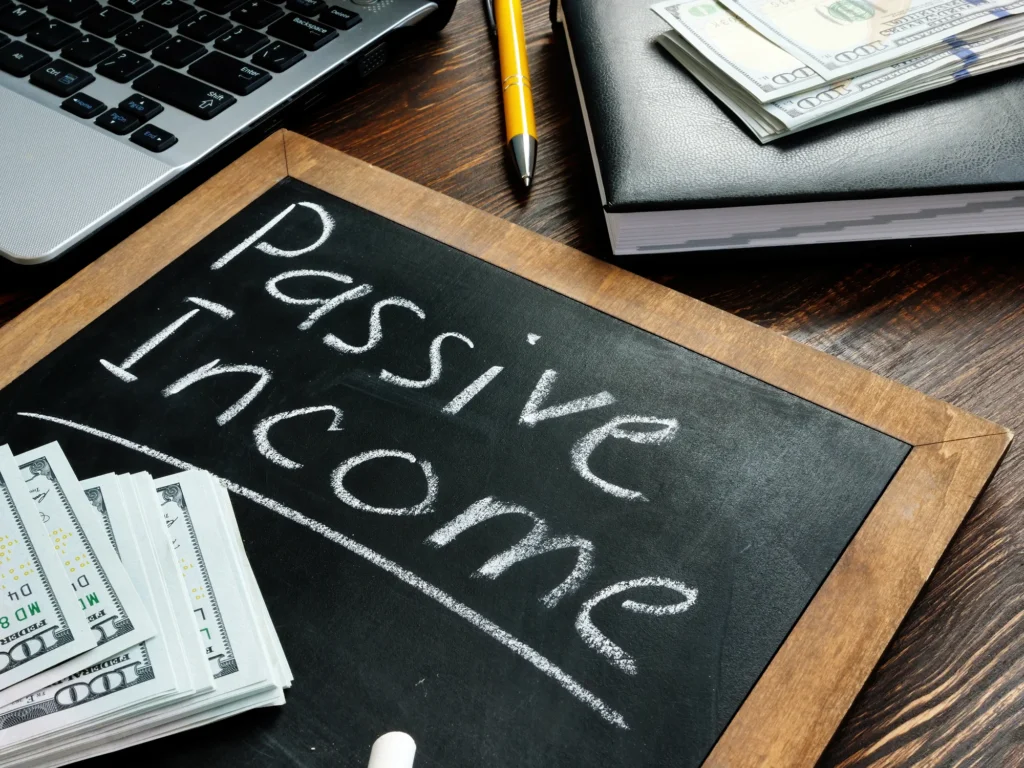Introduction
How much should you charge as a freelancer? It’s a tough question that many struggle with, whether you’re just starting out or refining your pricing strategy.
Set your rates too low, and you risk burnout while making less than you deserve. If the price is too high, you might struggle to attract clients.
The key is to strike the right balance—ensuring your rates reflect your expertise, market demand, and financial goals while remaining competitive.
In this guide, you’ll learn how to confidently set freelance rates, understand different pricing models, and adjust your rates as your business grows.
1. Understanding the True Value of Your Work
Before deciding on a rate, take a step back and evaluate the real worth of your services. Your time is valuable, but your pricing should also account for:
- Your skills and expertise: The more specialized your work, the higher your rate should be.
- Industry demand: High-demand skills, like copywriting, web development, or graphic design, often command higher rates.
- Client value: If your work helps clients generate revenue or solve significant problems, you should charge accordingly.
- Your experience: If you have years of expertise, case studies, and testimonials, your rates should reflect that.
Don’t just compare yourself to others in your industry—consider your unique value. If you bring specialized knowledge, you can confidently set higher rates than those offering generic services.
2. Choosing the Right Pricing Model
One of the biggest decisions when setting freelance rates is choosing how you’ll charge clients. The three most common pricing models are:
Hourly Rate
- Best for projects with unpredictable scope or ongoing work.
- Provides a clear breakdown of your time, which some clients prefer.
- Can limit your earning potential as you become more efficient.
Project-Based Pricing
- Best for well-defined projects with clear deliverables.
- Allows you to price based on the value of the work rather than time spent.
- Helps you scale your income as you get faster at completing projects.
Retainer Agreements
- Ideal for long-term clients who need ongoing services.
- Provides predictable, stable income each month.
- Encourages strong client relationships and steady work.
Each model has advantages, and you might use a mix of them depending on the project. If you work on short-term gigs, hourly rates may work best. If you create high-value deliverables, project-based pricing could maximize your income.
3. How to Calculate Your Freelance Rates
Now, let’s break down how to set your rates.
Basic Formula for Hourly Rates
A simple formula to determine your baseline rate:
📌 (Desired annual income + business expenses) ÷ Billable hours = Hourly rate
Example calculation:
- Desired income: $70,000 per year
- Business expenses (software, taxes, marketing, etc.): $10,000 per year
- Total required income: $80,000
- Billable hours per year: 1,500 (accounting for time off and non-billable work)
- $80,000 ÷ 1,500 = $53/hour
This formula ensures you’re covering costs while earning a sustainable income.
Project-Based Pricing Formula
If you prefer flat-rate pricing, use this approach:
📌 (Estimated hours per project × hourly rate) + additional value-based markup = Project price
If a website redesign takes 20 hours and your rate is $50/hour, the base price would be $1,000. But if the client stands to make $10,000+ from it, you might charge more based on value.
4. Factors That Affect Your Rates
Many elements influence how much you should charge. Here are key factors to consider:
1. Industry Standards
Research typical rates for your industry using platforms like:
- Upwork, Fiverr, and Freelancer for general freelancing rates.
- Glassdoor and Payscale for salary comparisons in traditional roles.
- Industry-specific forums or LinkedIn groups.
2. Your Location
Freelancers in different countries or regions may need to adjust rates based on living costs. If you live in a high-cost city, you should charge more than someone in a lower-cost area.
3. Client Budget
While you shouldn’t lower your rates just to land a client, understanding their budget helps you tailor your pricing. Some clients expect premium services, while others may be more cost-conscious.
4. Project Complexity
A simple logo design and a full branding package require different pricing. More complex projects should come with higher fees due to the time, strategy, and expertise involved.
5. Urgency & Turnaround Time
Rush jobs should cost more. If a client needs a project completed in half the normal time, apply an urgency fee (e.g., 20–50% markup).
6. Business Expenses & Taxes
Unlike salaried jobs, freelancers cover their own expenses. Factor in:
- Software and tools
- Taxes (set aside 20–30% of income)
- Health insurance
- Marketing and education costs
5. How to Raise Your Rates Over Time
Your rates should never stay the same forever. As you gain experience and build your portfolio, you should increase your prices accordingly.
Signs It’s Time to Raise Your Rates
- You’re consistently booked and turning away clients.
- You’ve improved your skills or gained certifications.
- You have strong testimonials and case studies.
- Clients rarely negotiate your prices, meaning you may be undervaluing yourself.
How to Increase Rates Without Losing Clients
- Inform existing clients in advance – Give them notice before a rate increase.
- Highlight the value you bring – Show how your work has helped their business.
- Offer loyalty incentives – Consider small discounts for long-term clients.
- Charge new clients higher rates first – This allows a smoother transition.
Most clients will understand that pricing increases over time, especially if they see the results you deliver.
6. Common Mistakes to Avoid

1. Underpricing Yourself
Many freelancers start with low rates to attract clients. While this can help early on, staying too cheap for too long can lead to burnout and financial struggles.
2. Not Charging for Revisions
Scope creep is real. If clients request extra work beyond the original agreement, charge for additional revisions to protect your time.
3. Ignoring Your Business Costs
If you don’t account for expenses like software, taxes, or professional development, you’ll end up making far less than you think.
4. Not Communicating Rates Clearly
Be upfront about pricing to avoid misunderstandings. Always outline your pricing structure and what’s included in contracts or proposals.
Conclusion
Setting freelance rates isn’t just about picking a number—it’s about valuing your skills, choosing the right pricing model, and continuously adjusting your rates to reflect your experience.
By understanding industry standards, factoring in business costs, and recognizing your worth, you can confidently charge what you deserve and build a sustainable freelancing career.
Now, it’s your turn: What challenges have you faced when setting your freelance rates? Drop a comment below! 🚀



